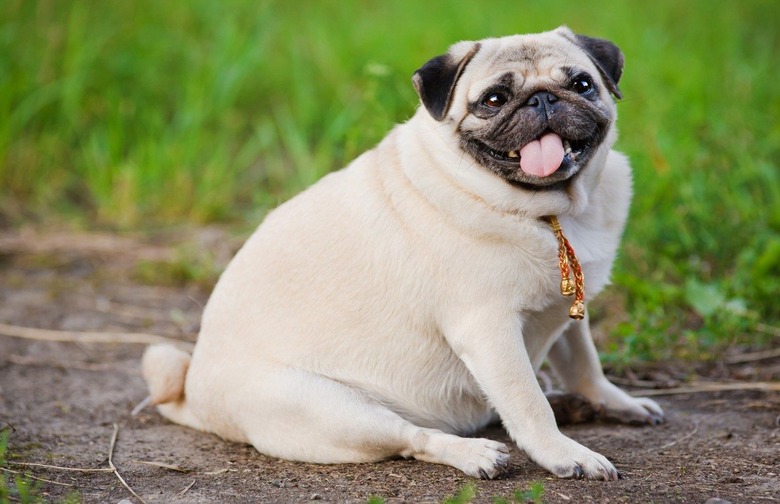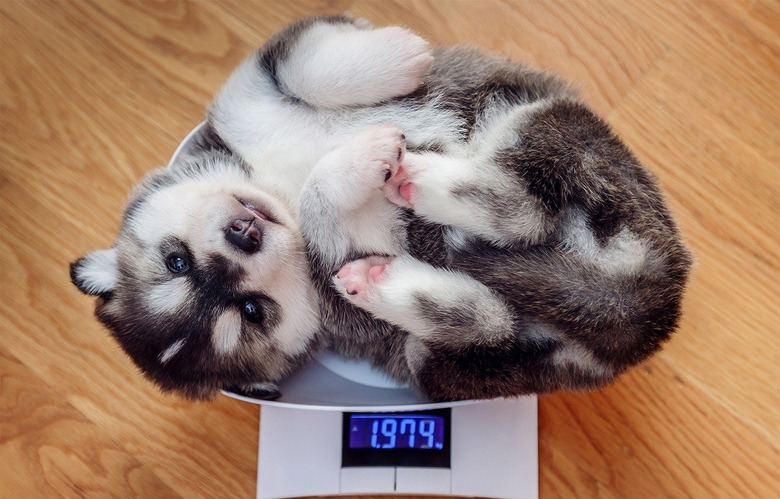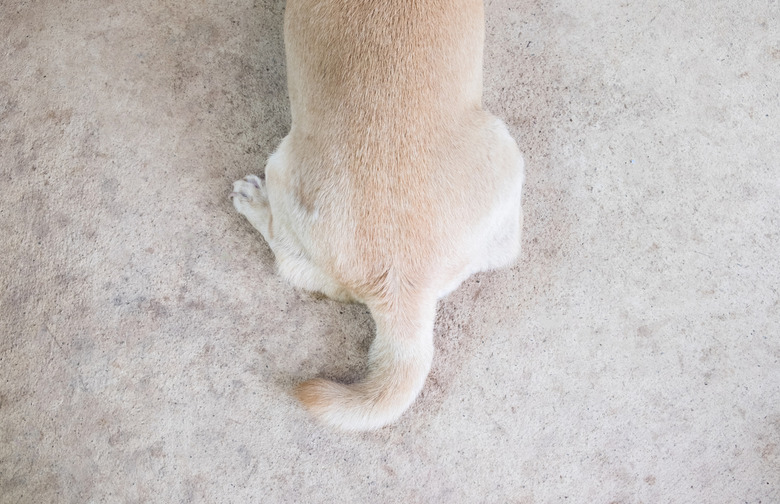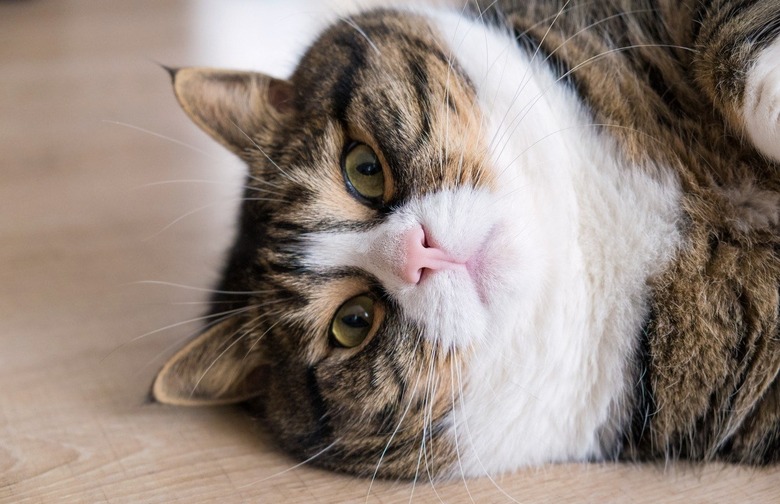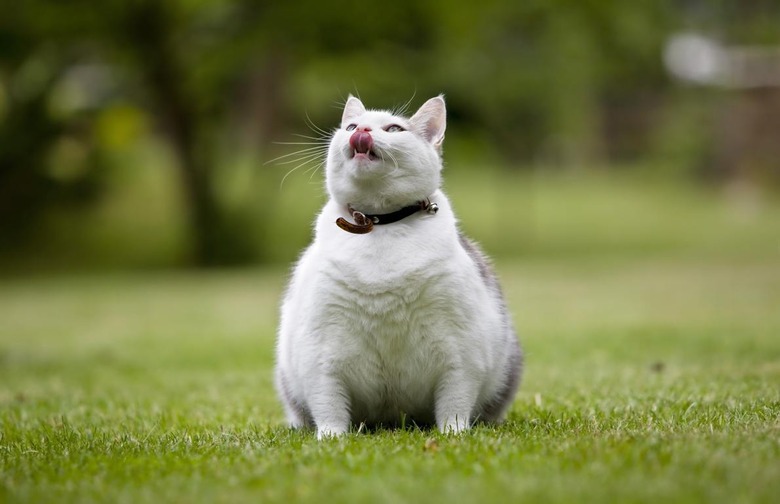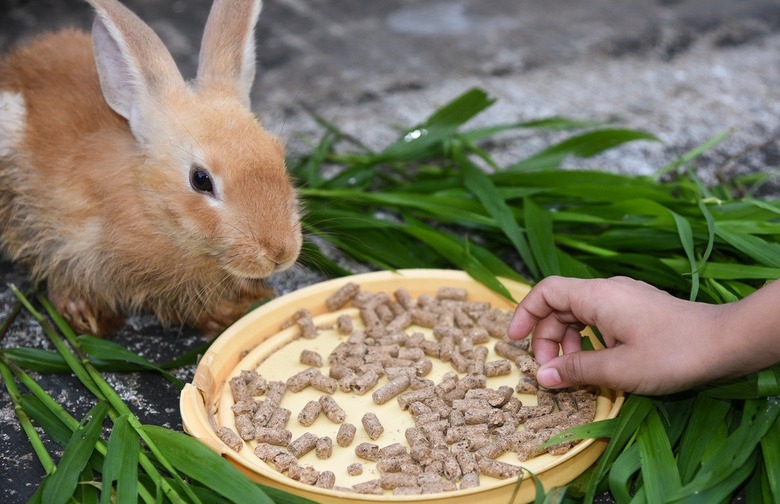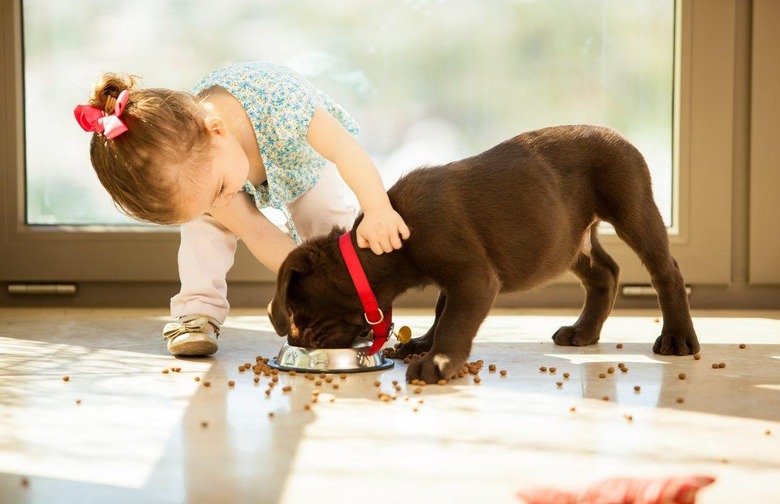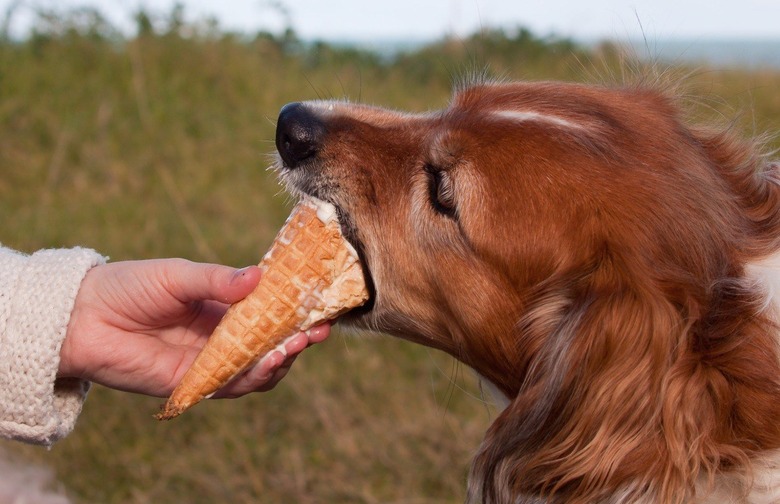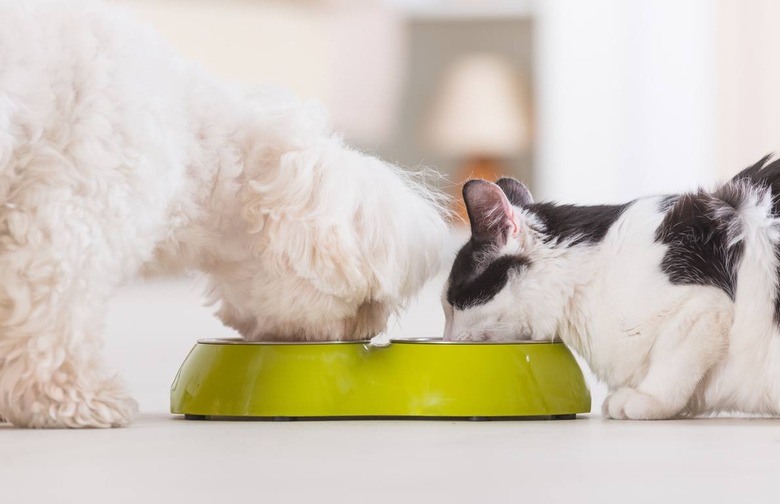How To Tell If Your Pet Is Overweight — And How To Put Him/Her On A Diet Slideshow
Stand over your pet and look down at his/her waist; an indentation or curvature means your pet is a healthy weight, but a straight line means he/she might be carrying a few extra pounds.
It Displays Low Energy and Lethargy
When overweight, pets may have difficulty breathing after they exert energy. For dogs, excessive panting after a run suggests that they're having trouble getting oxygenated blood throughout their circulatory system, and they might be out of shape.
It Has Accumulations of Fat
The abdomen, hip, tail base, and neck are all common areas for fat to accumulate. Additional weight gained in these body parts is an easy and obvious sign of obesity, especially in older pets.
It Has Certain Facial Characteristics
Take a good look at your pet's face. If it's overly rounded, or has an unusual amount of folds, these could be signs that your pet is overweight (unless it's a shar-pei, of course; those come pre-folded).
Its Ribs Are Too Well Padded
Lightly touch your pet's rib cage. You should be able to feel the spaces between each rib without using a lot of pressure. The skin should be taught over the ribs and slide when it's moved.
Calculate the Calories
Just like humans, pets gain weight when they consume more calories than they burn. Therefore, when putting pets on a diet, it's crucial to calculate for them a healthy daily caloric intake. The Association for Pet Obesity Prevention provides a simple formula to do this: Divide your pet's weight by 2.2, multiply by 30, and then add 70. Although pets have different metabolic rates, this basic measurement will at least give you a solid starting place to plan your pet's future meals.
Control Portions
Too often pet owners just dump an unknown quantity of food in a dish. Measure out meals to reduce the risk of feeding your pet an oversized portion. Invest in a measuring cup, and use the aforementioned calorie formula to determine the appropriate portion for your pet.
Banish Junk Food
A lot of the strategies to help pets lose weight also apply to humans. Treats are helpful tools to motivate cats and dogs (and children) to do what you ask, but many popular brands like Milk-Bone, Snausages, and Pedigree use sugar and corn syrup as the main ingredients. As a healthy treat alternative, try feeding your cat some frozen sardines, and try some sliced apples for your dog. Just remember to do research before you feed your pet any traditional human foods, because some foods can be dangerous to animals.
Supplement Their Meals
Supplements are an effective way to introduce important nutrients into your pet's diet. Many brands of pet foods that use wheat and vegetable oils as the base aren't fortified with omega-3 fatty acids and antioxidants, so slipping a pill of fish oil in your pet's food could help with hormonal balance and overall wellness. Fatty acids, like fish oil, have been found to reduce achiness and inflammation in the joints; this supplement enables your pet to exercise free of discomfort.
Transition Them Slowly to a New Diet
When changing your pet's diet, do it gradually. An abrupt alteration might make them reluctant to eat the new food. Healthier pet food isn't always as tasty as the saltier and fattier brands, but as a pet owner, it's your responsibility to make the food more palatable. Try adding some canned salmon juice to cat food, or a little squirt ketchup to dog food.
